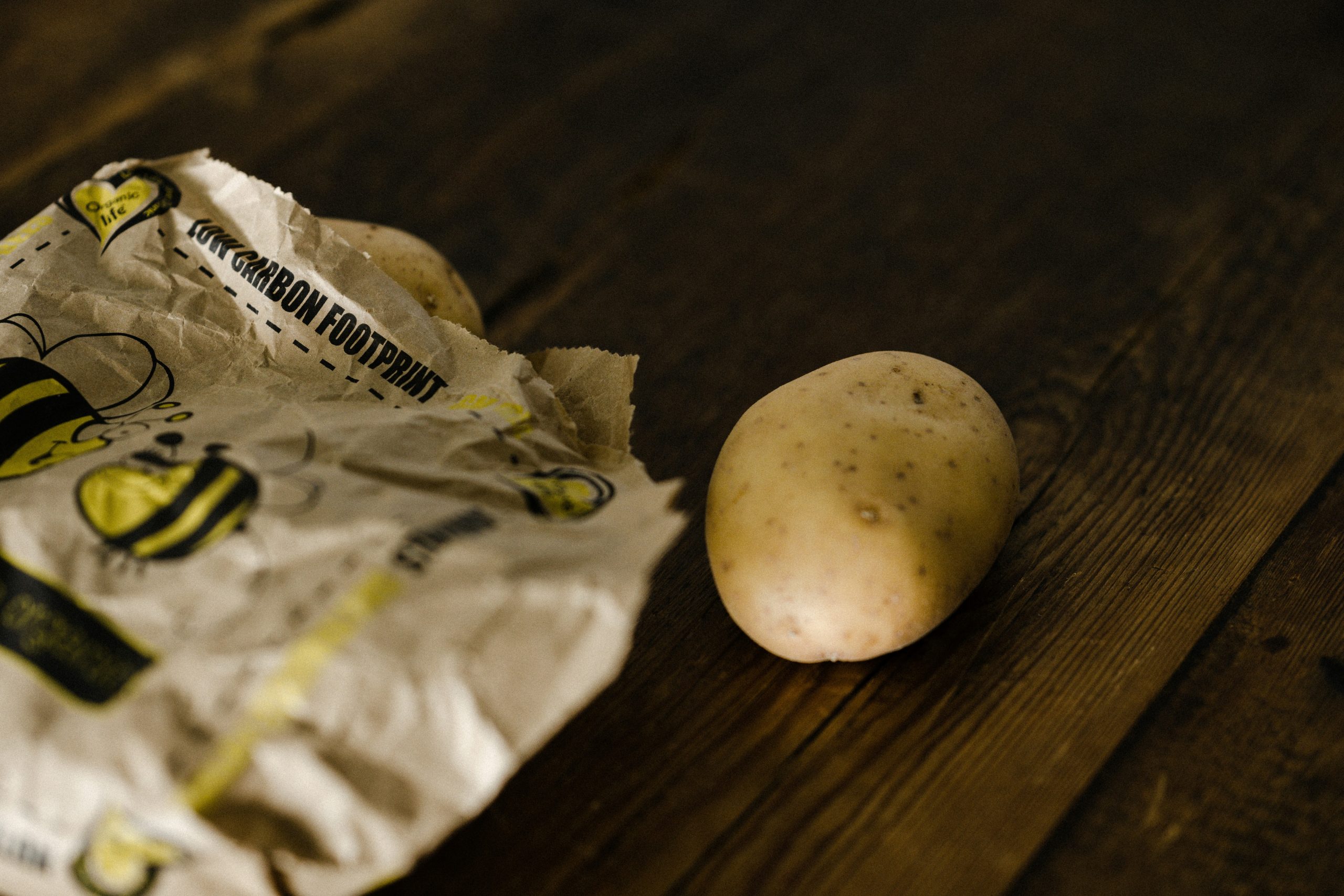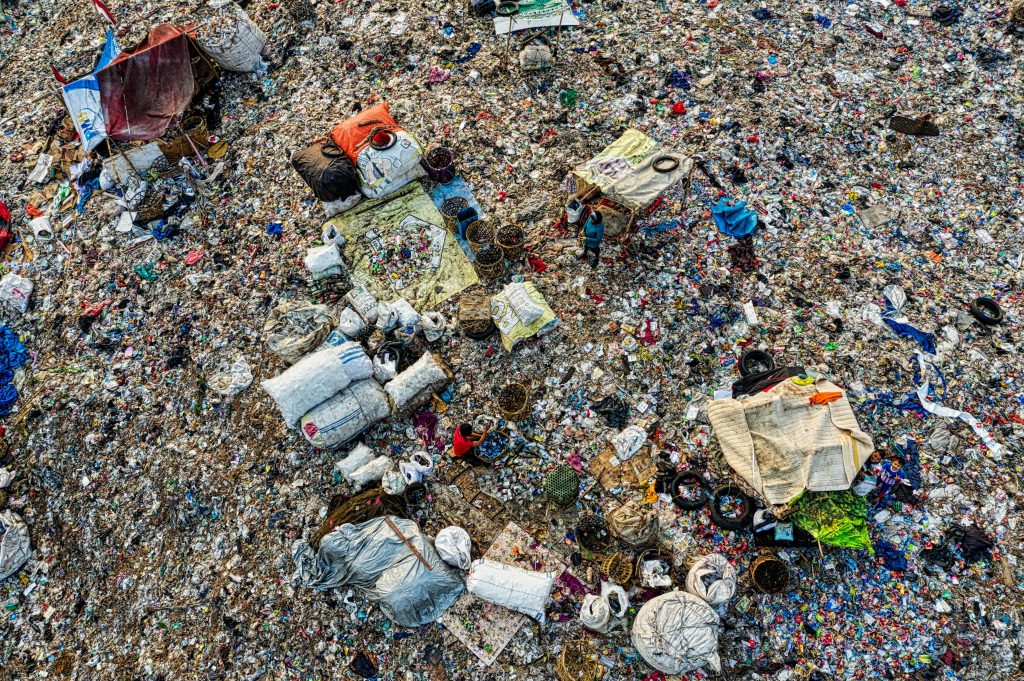Ever stopped mid-brushstroke to wonder how your favorite foundation impacts the planet? If you’re nodding, you’re not alone. The beauty industry is responsible for over 120 billion units of packaging annually, much of it non-recyclable. Yikes. But here’s the good news: a shift toward sustainable, low carbon footprint makeup is not only possible but easier than ever. So let’s dig into how you can keep your glow while keeping the planet happy, too.
In this post, we’ll unpack everything from eco-friendly natural makeup products with a low carbon footprint to techniques that reduce waste. You’ll learn:
- The shocking environmental costs of conventional makeup.
- A step-by-step guide to greening your beauty routine.
- Pro tips on choosing ingredients that are as kind to the Earth as they are to your skin.
Table of Contents
- Key Takeaways
- Why Natural Makeup Matters for Your Carbon Footprint
- Step-by-Step Guide to Sustainable Beauty Choices
- Top Tips for Maintaining Low Carbon Footprint in Makeup
- Real-Life Examples: Brands Doing It Right
- FAQs About Natural Makeup and Low Carbon Beauty
Key Takeaways
- Natural makeup made sustainably reduces waste and reliance on harmful chemicals.
- Focusing on a low carbon footprint helps preserve resources like water and energy.
- Eco-conscious brands prioritize refillable packaging, biodegradable materials, and ethical sourcing.
Why Natural Makeup Matters for Your Carbon Footprint

Here’s a confession: I once bought an “eco-friendly” mascara only to later discover its glitter was microplastic—shameful face-palm moment. But hey, mistakes make us better humans (and smarter consumers). Understanding why natural makeup matters starts with facing some hard truths:
- Traditional makeup often uses synthetic dyes and preservatives, which require heavy processing and transportation.
- Packaging contributes massively to greenhouse gases, especially when plastics aren’t recyclable.
- The extraction of raw materials like palm oil has devastating effects on ecosystems.
Optimist You: “I can just switch to natural makeup!”
Grumpy Me: “Ugh, fine—but only if it actually lives up to the hype.”
To truly embrace low-carbon glamour, you need to be discerning. Let’s break down exactly how to do that.
Step-by-Step Guide to Sustainable Beauty Choices
If building a sustainable beauty cabinet feels overwhelming, stick with me. Follow these steps to ensure every swipe of lipstick aligns with your values:
Step 1: Research Ingredients
Start by identifying clean, plant-based formulas free of parabens, sulfates, and petrochemicals. These ingredients are typically less processed, meaning their production involves fewer emissions. Bonus points if they’re locally sourced!
Step 2: Choose Minimalist Packaging
Pick products housed in glass, aluminum, or paper-based containers. Pro tip: Look for companies offering refill stations—a game-changer for reducing single-use items.
Step 3: DIY Where Possible
DIY options like tinted lip balms or homemade blush cuts out unnecessary manufacturing costs—and adds a personal touch to your vanity!
Sounds simple enough, right? Now let’s dive even deeper with expert tips.
Top Tips for Maintaining Low Carbon Footprint in Makeup
- Audit Your Current Products: Toss anything nearing expiration to avoid waste, but recycle what you can.
- Shop Secondhand: Websites now sell barely-used luxury palettes at half the price—win-win!
- Beware Greenwashing: Just because something says “natural” doesn’t mean it’s guilt-free. Terrible Tip Alert: “Go green!” marketing isn’t always legit.
- Multitask Products: Combine primer + moisturizer or use cream blush on lips and cheeks. Fewer products = lower impact.
Real-Life Examples: Brands Doing It Right
Sometimes you need proof before taking action. Check out these trailblazers crushing the low-carbon trend:
- RMS Beauty: Their coconut oil-based foundations come in recyclable glass jars.
- Kjaer Weis: Refillable compacts designed to last forever.
- Lush Cosmetics: Naked packaging ensures zero plastic waste.
These brands prove sustainability and style aren’t mutually exclusive. Chef’s kiss!
FAQs About Natural Makeup and Low Carbon Beauty
Q: What does “low carbon footprint” really mean?
A: It refers to minimizing greenhouse gas emissions during production, shipping, and disposal.
Q: Are natural makeup products more expensive?
A: Not necessarily! Many affordable lines exist, especially smaller indie brands.
Q: Can I mix eco-friendly and traditional products?
A: Absolutely. Progress over perfection—every little swap counts!
Conclusion
Your journey toward sustainable natural makeup might feel daunting initially, but remember this: small changes have big impacts. From researching ingredients to opting for reusable packaging, each step brings you closer to aligning your beauty habits with a healthier planet. And hey, maybe one day we’ll all live in a world where makeup mirrors the Earth’s beauty—not harms it.
Until then…
Bamboo brushes in hand Glitter sans guilt everywhere Glow meets Mother Earth
*Cue Kermit sipping tea:* “Finally, eco-glam done right.”


